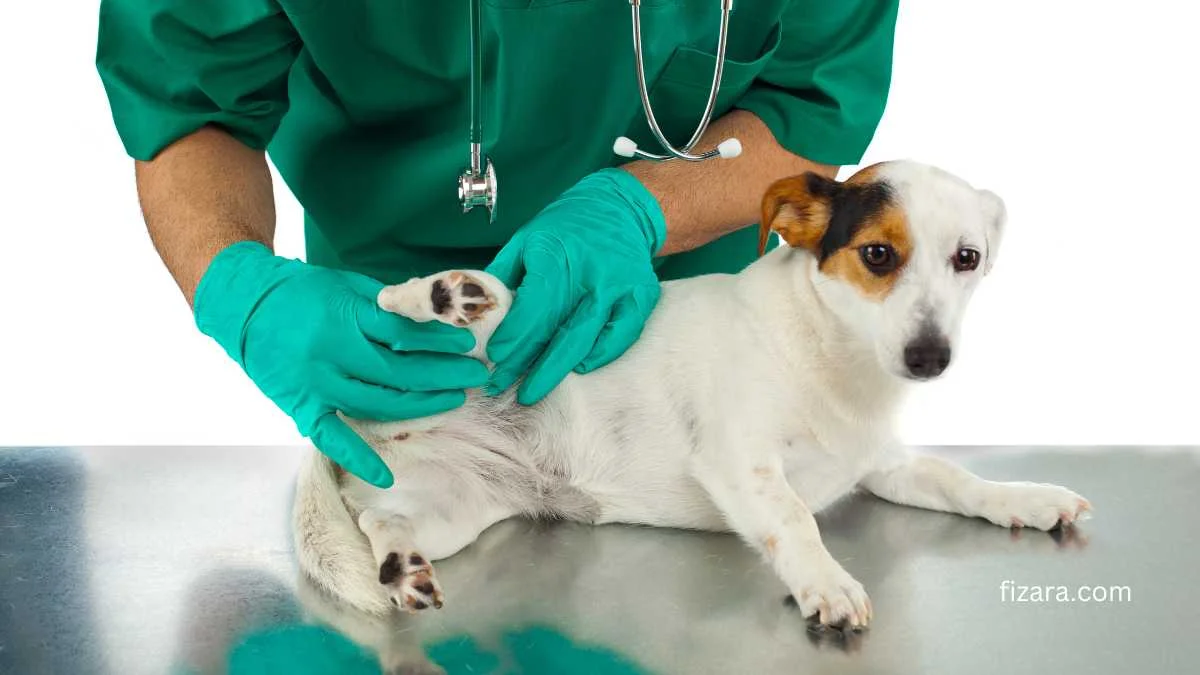Subject Introduction Canine hip dysplasia is a condition whereby abnormal development occurs at the level of the hip joint. A ball and socket joint, the hip joint is-formed where the femur, or the leg bone,meets the pelvis or hip-bone. The femoral head or head of the femoral bone is the bone’s head at the level of the hip, which fits into the pelvis on the inside, where a socket formed by the pelvis called the acetabulum accommodates the ball. In hip dysplasia, the hip socket doesn’t develop properly during puppy growth; hence, the femur just lays loosely inside the hip bone. Over time, this leads to instability in the hips, which would result in arthritis. Since these dogs cannot use their hips normally, weight distribution through to the limbs is affected, also causing problems. It usually involves both hips to some degree. Mostly it is considered the cause. Genetic -But also Nutrition, Exercise, Aging, and Growth Rate all play a part in growth.
What are the symptoms that I should be watchful for?
Arthritis may be asymptomatic for years, showing signs only when quite advanced. Other puppies may show symptoms at 5 months of age. Often they will manifest swaying of the hips when walking but sometimes they will seem to lack confidence to climb stairs, or have a hopping gait when running, or muscle weakness, or lameness.
What are the causes of hip dysplasia?
1. Genetic factor
Hip dysplasia in dogs is caused by several factors. Genetics is the major factor. If a dog has this gene, it is going to pass on to the pup, thereby increasing its risk of developing hip dysplasia within 1-2 years of life.
Large breed dogs tend to suffer from hip dysplasia more than the smaller breeds,”the large breeds that suffer from hip dysplasia include but not limited to St. Bernards,Labrador Retrievers,German Shepherds,Great Danes,Rottweilers,American Staffordshire Terriers,Bulldogs, and Mastiffs.
2. Nutritional factors
Poor diets and subsequent obesity are major predisposing factors to hip dysplasia.
Too much weight causes the hip joint to be stressed and most likely is going to result in more friction exposed in the ball of the femur. This consequently worsens the state of the hip joint.
3. Environmental Factors
It also includes lifestyle patterns. Over-exercise will trigger or exacerbate hip dysplasia. For instance, if the puppy is in a location that requires him to move excessively or to go up and down many stairs. Inappropriate activities for dogs with bad hips include Frisbee and agility. Jumping and other high-impact exercise is not advisable for dogs with hip dysplasia.
Dog-specific hip dysplasia exercise is very critical and forms part of the treatment regime. Every exercise performed on these pets must be tailored and closely monitored by an expert licensed in pet management and wellness. Excessive exercising should not be determined without such guidance from the specialist. Work with your pet professional to determine the right way to exercise your dog and keep their hips healthy.
Professional guidance ensures that physical therapy is directed towards the solution or alleviation of the problem but not towards further enhancing the problem.
4. Trauma
Trauma to the ligaments, muscles and tendons of the hip joint may lead to deformity and degeneration of the ball and socket of the joint. This is due to the fact that those injuries demolish the supportive structures of the hip joint.
Fortunately, most of those causes are preventable. With several precautions that can prevent injuries to dogs, you can still lower the chances of your beloved pal developing CHD.
This mainly has to do with avoiding some activities and environments that the Dog can get ATT.
Ensure that the dog is consuming the appropriate amount of food
Most researchers tend to agree that maintaining a healthy body mass or weight helps to postpone the onset of hip dysplasia. A healthy weight will reduce the clinical symptoms connected with the hip dysplasia in dogs And it’s just common sense to apply this scale because the ideal body weight will ensure that the hip joints have enough time to grow without carrying too much weight.
But I know that you will face some dogs that are already overweight and in that case if ever you do, it will not take too long for you to embrace this parameter.
Physiotherapy -especially by using TENS- aids weight reduction in heavy dogs with radiographic evidence of OA
Conclusion
Hip dysplasia was known to shape up to be an ardently challenging condition. With the above precautions executed, you will get a better chance to delay hip dysplasia and reduce its symptoms when one. Always consult a licensed veterinarian to make sure you have the proper course of care for your furry friend with initial test results.









